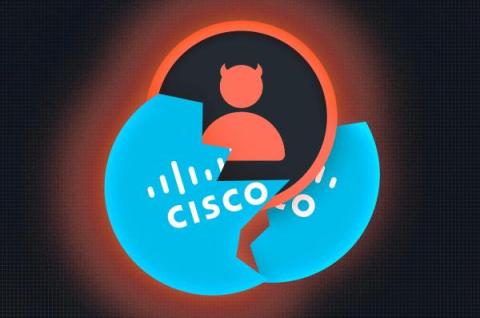Security | Threat Detection | Cyberattacks | DevSecOps | Compliance
Vulnerability
Broken access control vulnerabilities and why scanners can't detect them
Broken access control, the vulnerability category consistently ranking on the OWASP Top 10 Web Application Security Risks list, poses the most significant challenge for application security right now. Over-reliance on automated solutions to tackle these challenges creates a false sense of security and could have severe implications for application owners.
NYDFS Regulatory Changes: Vulnerability Management and Risk Assessment
Container Security Essentials: Vulnerability Scanning and Change Detection Explained
Containers offer a streamlined application deployment and management approach. Thanks to their efficiency and portability, platforms like Docker and Kubernetes have become household names in the tech industry. However, a misconception lurks in the shadows as containers gain popularity - the belief that active vulnerability scanning becomes redundant once containers are implemented.
Rego for beginners: Introduction to Rego
This blog post series offers a gentle introduction to Rego, the policy language from the creators of the Open Policy Agent (OPA) engine. If you’re a beginner and want to get started with writing Rego policy as code, you’re in the right place. In this three-part series, we’ll go over the following.
What does Biden's Executive Order on AI safety measures mean for businesses?
On October 30, U.S. President Joseph Biden issued a sweeping Executive Order (“EO”) focused on making AI safer and more accountable.
Cisco IOS XE Privilege Escalation (CVE-2023-20198) - Cato's analysis and mitigation
All secured webservers are alike; each vulnerable webserver running on a network appliance is vulnerable in its own way. On October 16th 2023 Cisco published a security advisory detailing an actively exploited vulnerability (CVE-2023-20198) in its IOS XE operating system with a 10 CVSS score, allowing for unauthenticated privilege escalation and subsequent full administrative access (level 15 in Cisco terminology) to the vulnerable device.
Critical Confluence Vulnerability - CVE-2023-22518
Solarwinds and Cisco 10.0: Big Problems for Big Companies
Unveiling Java Library Vulnerabilities
During a recent customer engagement, we encountered an interesting situation. The customer had raised concerns about a Java XXE (XML External Entity) vulnerability that had left their developers puzzled. Notably, their Static Application Security Testing (SAST) scans consistently identified this as a potential vulnerability.











